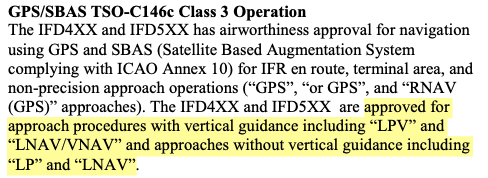GPS RNAV has opened up so much to GA
It's not allowed for everything though
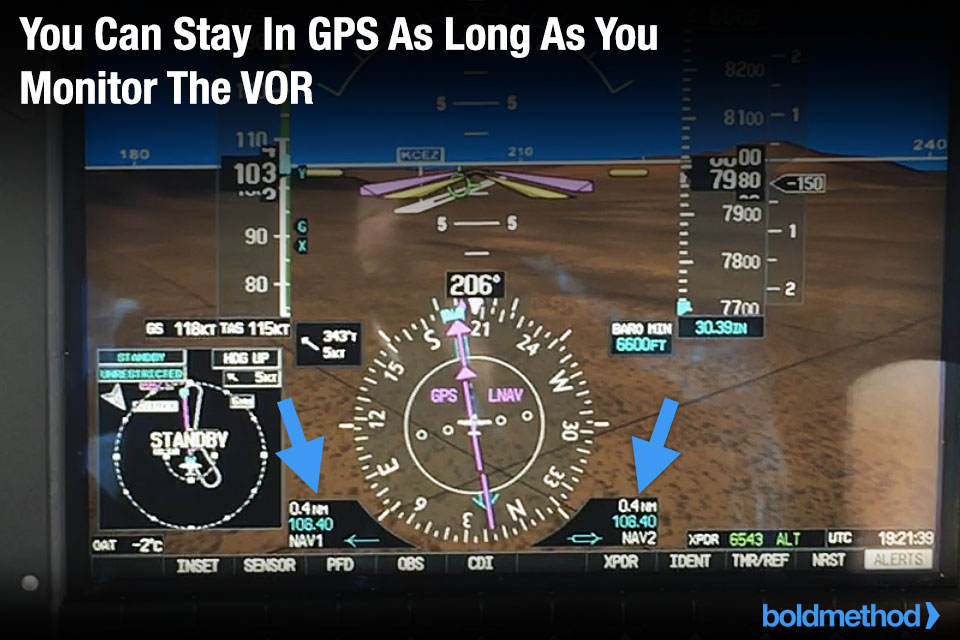
GPS use during VOR, ILS, or NDB Approach
AIM Section 1-2-3.c Notes 4 and 5 Advisory Circular 90-108
- Use of RNAV (GPS) for lateral navigation on LOC-based courses (ILS, LOC, LOC BC, LDA) is not permitted
- Use of RNAV (GPS) is allowed for VOR & NDB approaches as long as the underlying NAVAID is operational and monitored during approach
- Example: Set the HSI to GPS and use a bearing pointer to see VOR-1 info

Use RNAV (GPS) to fly a RF legs
References:
- AIM 1-2-2 Advanced RNP
- AC 90-105 Appendix I.2 Radius to Fix (RF)
- Supplemental AFM for Avionics
A radius-to-fix leg is a curved equi-distant arc around a specified point.
Be cautious around these → if you’re not sure, don’t use them (other approaches exist with standard legs)
Under no circumstances are you allowed to fly a RNP AR (Authorization Required) Approach
- AR will be very clear in the procedure (
KDCA RNP approach
)PDF Viewer
- RNP in title
- AUTHORIZATION REQUIRED at bottom
If you choose to use a RF leg, ensure your navigator’s supplemental flight manual specifcally authorizes it like the GTN-650 seen here in a specific aircraft:

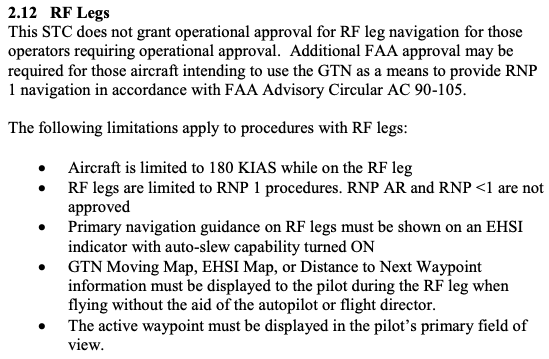
NOTES
- There are significant restrictions, including an auto-slewing electronic HSI display
- There are more requirements about AP or FD use further in the same manual
- Other capable navigaotrs (Avidyne IFD-440) don’t have this authorization
- Be familiar with AC 90-105
If you choose to pursue this capability, it does allow for some unique approach courses or transitions:
-
Reno ILS 17R transition routes
PDF Viewer
-
Carlsbad RNAV approach
PDF Viewer
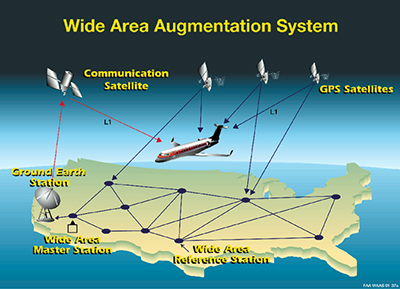
Using only GPS Navigation
Reference AIM Section 1-1-17 Para b.2.(2)
Unaugmented (non-WAAS) GPS certified with TSO-C129 or C196 standards must be equipped with an alternate approved and operational means of navigation.
Augmented (WAAS) GPS certified with TSO-C145 or 146 do not require this — you can fly with only GPS-based navigation.
How do I know
Check your supplemental flight manual associated with the navigator:

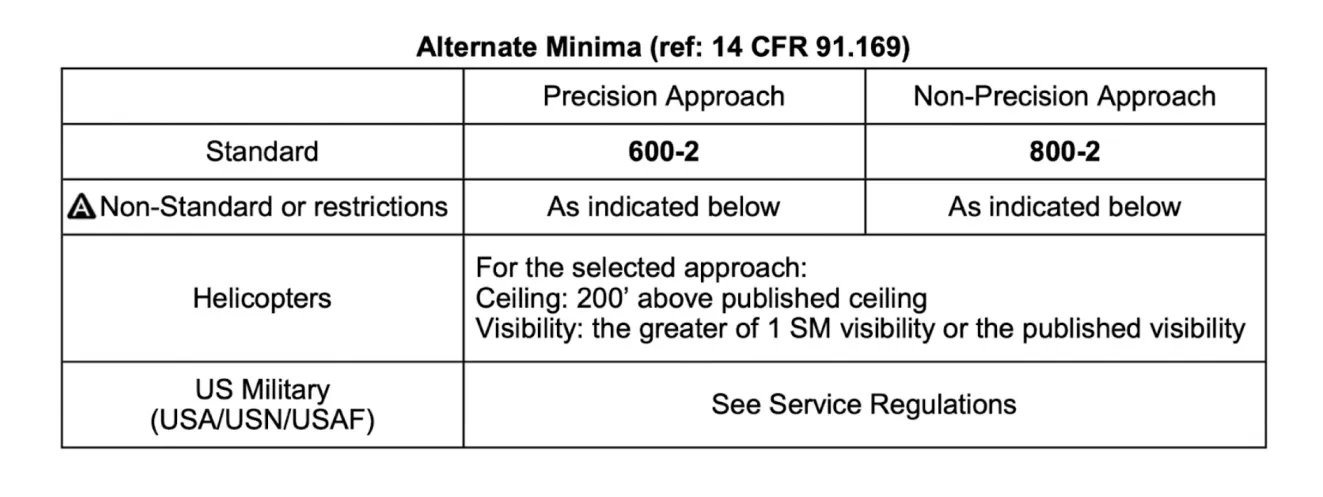
Alternate Airports and GPS
References: AIM Section 1-1-17 Para b.2.(a)(2) and Paragrap b.5.(c)
- Unaugmented (non-WAAS) GPS certified with TSO-C129 or C196 standards must file a non-GPS based approach at either the filed or alternate
- Must have fault detection capability and perform a RAIM check
- Augmented (WAAS) GPS certified with TSO-C145 or 146 may file using GPS but must use LNAV or circling minima for alternate airport planning considerations.
How do I know
Check your supplemental flight manual associated with the navigator:

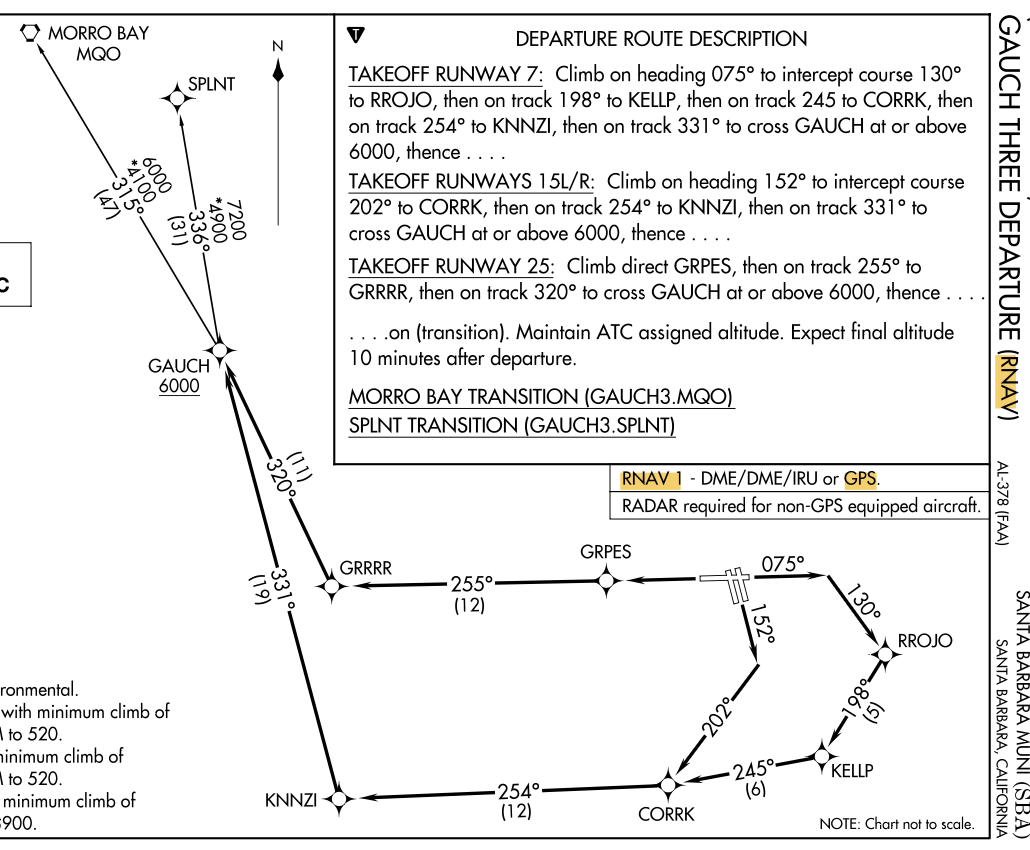
Flying RNAV-1 SID/STARs
References:
- AIM Section 1-2-1 and 1-2-2
- AC 90-105 Approval Guidance for RNP Operations
- AC 20-138 Airworthiness Approval of Position and Navigation Systems
- Avionics Supplemental Airplane Flight Manual
Most IFR navigators should be certified for terminal operations. Terminal operations allow departures (AIM 1-1-17 b.4) and arrivals/approahes (AIM 1-1-17 b.5.(e)).
How do I know
Check your supplemental flight manual associated with the navigator:
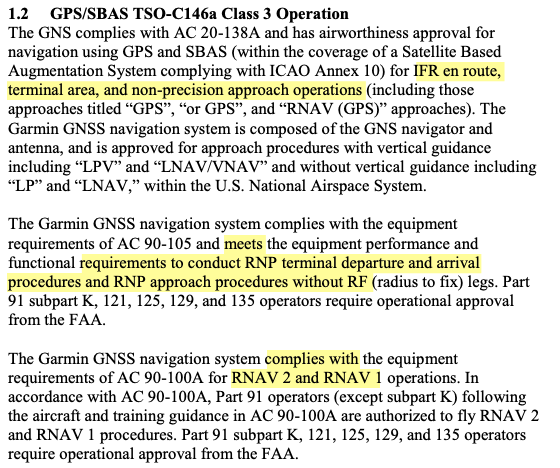
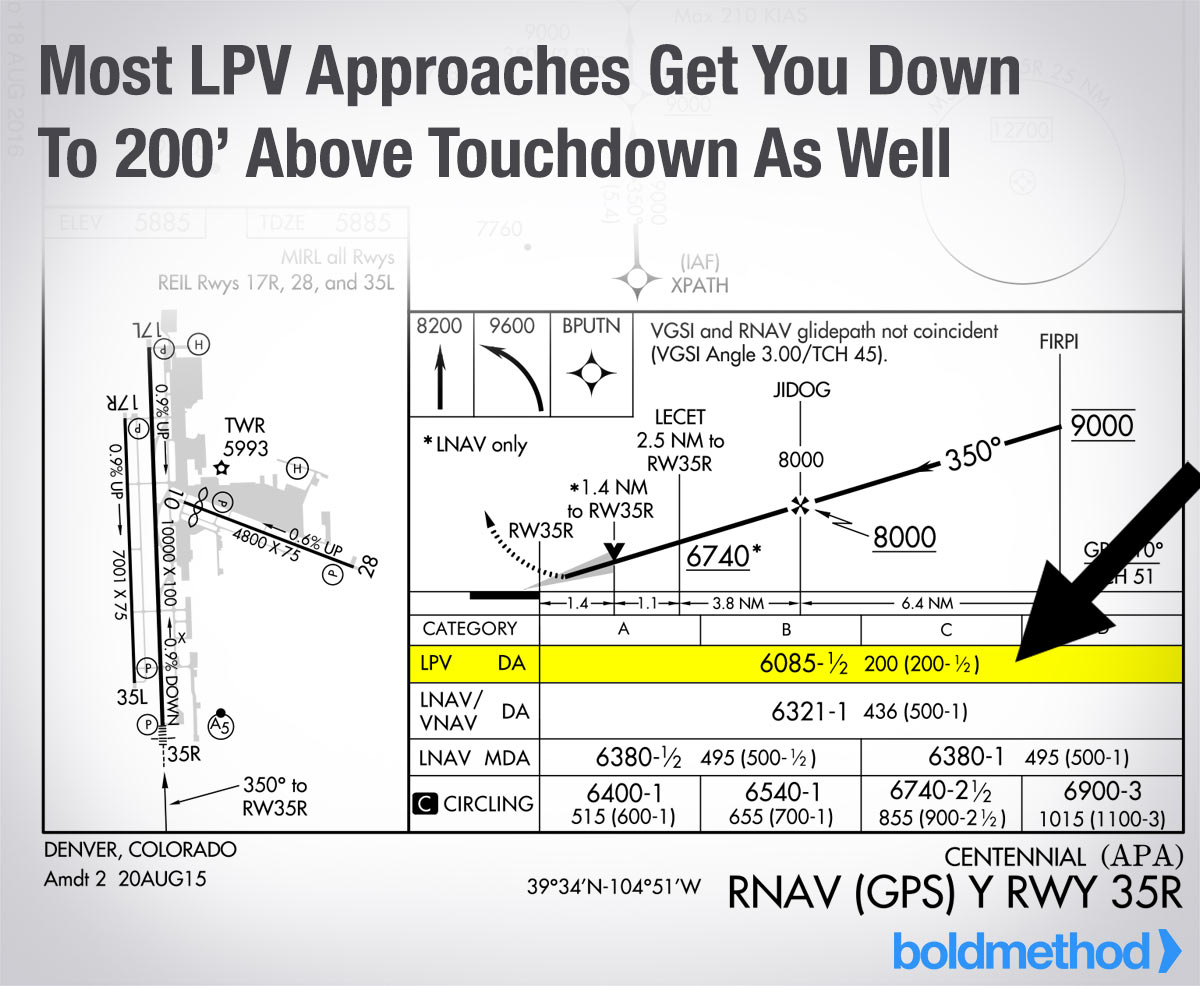
GPS Approved Approaches
Most IFR navigators should be certified for non-precision approach operations. Approaaches with vertical guidance will be specifically addressed in your supplemental flight manual:
